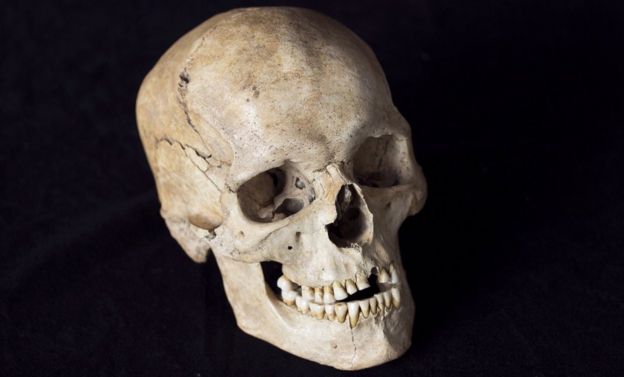bicicleur 2
Regular Member
- Messages
- 6,367
- Reaction score
- 1,401
- Points
- 113
http://eurogenes.blogspot.be/2016/05/the-genetic-history-of-ice-age-europe.html
Abstract: Modern humans arrived in Europe ~45,000 years ago, but little is known about their genetic composition before the start of farming ~8,500 years ago. Here we analyse genome-wide data from 51 Eurasians from ~45,000–7,000 years ago. Over this time, the proportion of Neanderthal DNA decreased from 3–6% to around 2%, consistent with natural selection against Neanderthal variants in modern humans. Whereas there is no evidence of the earliest modern humans in Europe contributing to the genetic composition of present-day Europeans, all individuals between ~37,000 and ~14,000 years ago descended from a single founder population which forms part of the ancestry of present-day Europeans. An ~35,000-year-old individual from northwest Europe represents an early branch of this founder population which was then displaced across a broad region, before reappearing in southwest Europe at the height of the last Ice Age ~19,000 years ago. During the major warming period after ~14,000 years ago, a genetic component related to present-day Near Easterners became widespread in Europe. These results document how population turnover and migration have been recurring themes of European prehistory.
abstract : http://www.nature.com/nature/journal/vaop/ncurrent/full/nature17993.html
figures and tables : http://www.nature.com/nature/journal/vaop/ncurrent/fig_tab/nature17993_ft.html
supplementary info : http://www.nature.com/nature/journal/vaop/ncurrent/extref/nature17993-s1.pdf
Abstract: Modern humans arrived in Europe ~45,000 years ago, but little is known about their genetic composition before the start of farming ~8,500 years ago. Here we analyse genome-wide data from 51 Eurasians from ~45,000–7,000 years ago. Over this time, the proportion of Neanderthal DNA decreased from 3–6% to around 2%, consistent with natural selection against Neanderthal variants in modern humans. Whereas there is no evidence of the earliest modern humans in Europe contributing to the genetic composition of present-day Europeans, all individuals between ~37,000 and ~14,000 years ago descended from a single founder population which forms part of the ancestry of present-day Europeans. An ~35,000-year-old individual from northwest Europe represents an early branch of this founder population which was then displaced across a broad region, before reappearing in southwest Europe at the height of the last Ice Age ~19,000 years ago. During the major warming period after ~14,000 years ago, a genetic component related to present-day Near Easterners became widespread in Europe. These results document how population turnover and migration have been recurring themes of European prehistory.
abstract : http://www.nature.com/nature/journal/vaop/ncurrent/full/nature17993.html
figures and tables : http://www.nature.com/nature/journal/vaop/ncurrent/fig_tab/nature17993_ft.html
supplementary info : http://www.nature.com/nature/journal/vaop/ncurrent/extref/nature17993-s1.pdf



